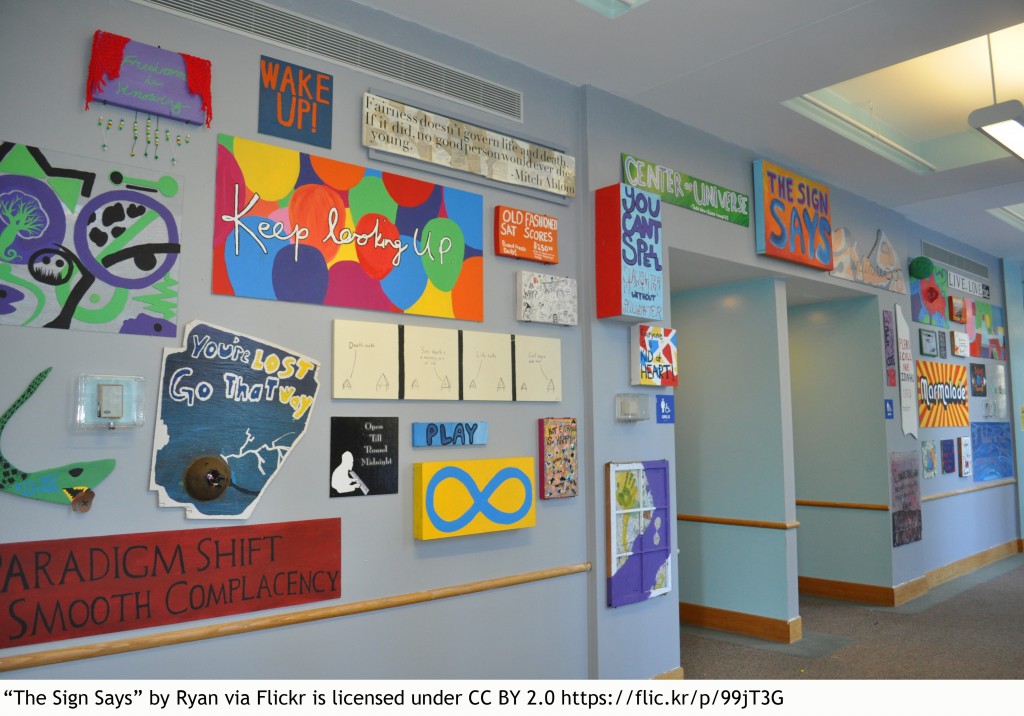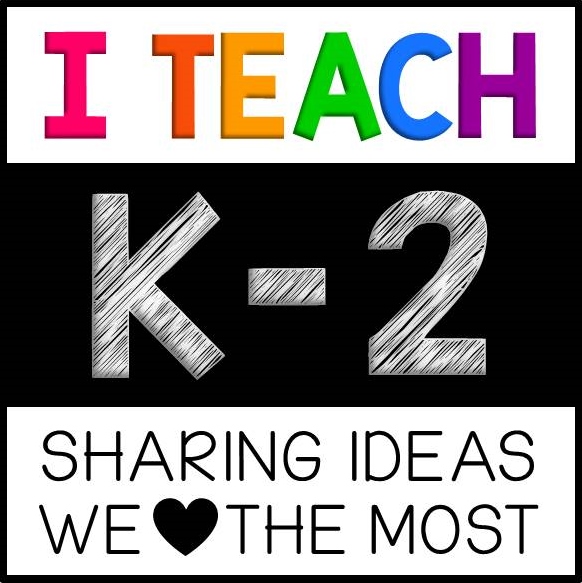 Every classroom is a different potpourri of personalities and abilities that will mix, mesh or sometimes clash. Teachers want to effectively engage every one of their students, and parents want to ensure their kids will be both accepting and accepted.
Every classroom is a different potpourri of personalities and abilities that will mix, mesh or sometimes clash. Teachers want to effectively engage every one of their students, and parents want to ensure their kids will be both accepting and accepted.
Preparing for Your Multicultural & Bilingual Classroom
How can we make our multicultural classrooms welcoming to all students, and instill an appreciation for diversity in our kids? In a previous post, we looked at different multicultural resources that can be woven right into existing lesson plans, and the many benefits they bring to all students. In other posts, we offered a checklist of essential items and tips to help teachers prepare their classrooms for bilingual students.
Culturally Responsive Instruction
In his blog post, author and educator Matthew Lynch discusses culturally responsive instruction in depth. Its aim is “to teach students that differences in viewpoint and culture are to be cherished and appreciated rather than judged and feared.” The primary goal is to demonstrate that all people, regardless how different they may appear on the surface, have so much in common and that every person and culture deserves respect. Lynch discusses the many ways teachers can promote an environment of respect for cultural diversity, in particular the importance of studying multicultural role models in the classroom.
Free Lesson Plan: Understanding & Appreciating Cultural Differences
Teachers are always looking for new ways to bring more multicultural education to the classroom, while meeting Common Core Standards. As part of a project with student teachers in the Elementary Education Teacher Preparation program at West Chester University, the Language Lizard site offers free, creative units of instruction for use in grades K-5. The lesson plan entitled “Understanding and Appreciating Cultural Differences” helps students appreciate how people are different and similar, not just within the classroom, but around the world. They will learn about diverse languages, cultures and traditions in the US and in other countries. This unit of instruction is easily aligned with state and national standards in Social Studies and Language Arts. The main books used in these lessons include: That’s My Mum, Floppy, and Floppy’s Friends written in: Gujarati, Portuguese, Turkish and English. Each of these titles is available in many other languages that can be substituted for, or used in addition to, the dual languages presented here.
Parents and teachers alike are encouraged to download our free multicultural lesson plans to utilize at home and in the classroom. Each unit indicates which books are included, the target grade level(s), the primary languages, and the key topics covered. The units can be implemented as designed or adapted to meet the needs of a particular student body or grade level. Languages introduced in the lessons can be changed to better reflect their own diverse households and communities.
By preparing ahead of time, you will ensure this year will progress more smoothly and comfortably for you and your unique and diverse classroom.
What challenges have you faced in your multicultural classroom, and what solutions have worked for you? Comment below and share your experiences!
“The Sign Says” by Ryan via Flickr is licensed under CC BY 2.0 https://flic.kr/p/99jT3G
“2012-226 My New Teacher Desk” by Denise Krebs via Flickr is licensed under CC BY 2.0 https://flic.kr/p/cRiZjJ
from our group of bloggers!














